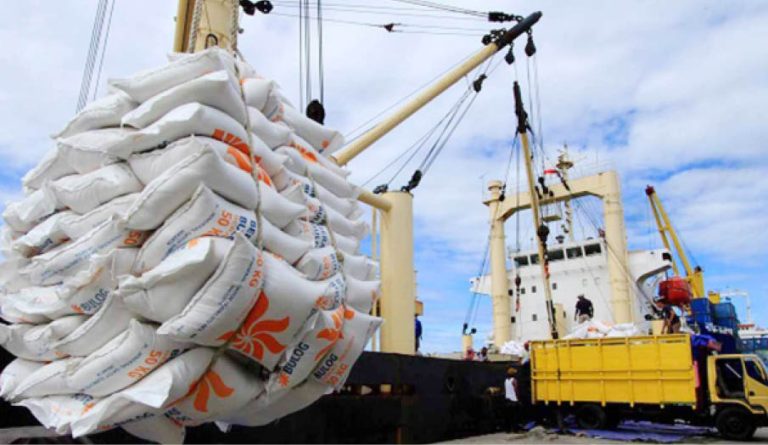In an impressive display of resilience amid global trade tensions, Nigeria’s non-oil exports reached $1.791 billion in the first quarter of 2025, marking a 24.75 percent jump over the $1.436 billion recorded in Q1 2024 . This surge was accompanied by a 243.44 percent increase in export volume to 2.416 million metric tonnes, underpinning Nigeria’s ongoing economic diversification away from crude oil .
Export Growth Dynamics
Non-oil export value climbed to $1.791 billion in Q1 2025, up from $1.436 billion in the same period last year, reflecting robust demand for domestic products abroad . Export volumes also expanded dramatically, rising to 2.416 million metric tonnes from 1.937 million metric tonnes, a testament to the sector’s widening production capacity .
Broadening Product Base
During Q1 2025, Nigeria shipped 197 distinct non-oil products, up from 162 varieties a year earlier, illustrating a maturing export landscape . The top export commodities ranged from agricultural staples to industrial extracts, led by cocoa and its derivatives, urea, cashew nuts, sesame seed, and gold dore .
Leading Commodities and Exporters
Cocoa beans alone accounted for 45.02 percent of total non-oil exports, followed by urea/fertilizer at 19.32 percent and cashew nuts at 5.81 percent, highlighting the strength of Nigeria’s agricultural and agro-processing sectors . Among corporate players, Indorama Eleme Fertilizer & Chemical Ltd and Starlink Global & Ideal Ltd maintained top positions, contributing 12.07 percent and 10.00 percent respectively to Q1 2025 export values .
Regional Market Reach
Nigeria’s non-oil exports also saw significant growth within Africa, with ECOWAS member states importing $63.06 million worth of goods in Q1 2025—3.52 percent of total exports and a 223.10 percent rise year-on-year . Exports to other African countries reached $32.732 million, representing 1.83 percent of Nigeria’s non-oil export portfolio .
Financing and Logistics
To facilitate transactions, 485 Non-Oil Export Certificates (NXPs) were processed through 28 banks, with Zenith Bank Plc leading at 30.71 percent, followed by First Bank of Nigeria Plc at 14.22 percent and Guaranty Trust Bank Plc at 8.89 percent . Exports utilized 16 exit points—six seaports, three international airports, and seven land borders—with seaports handling approximately 95 percent of all non-oil exports .
Trade Tariff and Future Outlook
Although recent US-imposed trade tariffs pose potential headwinds, the 14 percent levy is viewed as an impetus for enhanced value addition and competitiveness in global markets . Ongoing bilateral negotiations and targeted market-access initiatives are expected to further bolster Nigeria’s export performance, while the African Continental Free Trade Area offers a transformative platform for intra-African trade expansion.

